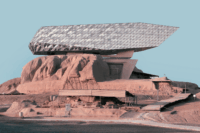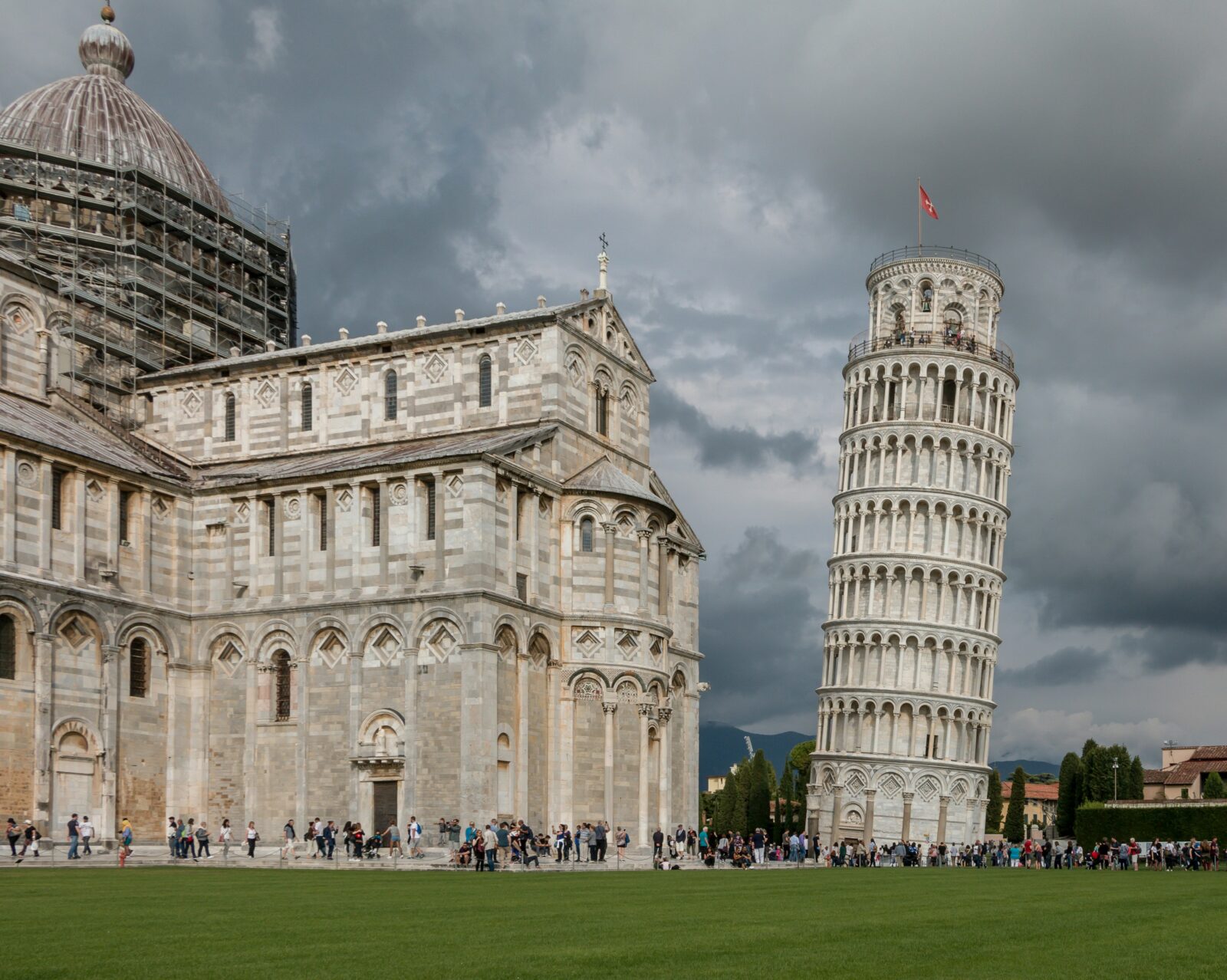- Home
- Articles
- Architectural Portfolio
- Architectral Presentation
- Inspirational Stories
- Architecture News
- Visualization
- BIM Industry
- Facade Design
- Parametric Design
- Career
- Landscape Architecture
- Construction
- Artificial Intelligence
- Sketching
- Design Softwares
- Diagrams
- Writing
- Architectural Tips
- Sustainability
- Courses
- Concept
- Technology
- History & Heritage
- Future of Architecture
- Guides & How-To
- Art & Culture
- Projects
- Interior Design
- Competitions
- Jobs
- Store
- Tools
- More
- Home
- Articles
- Architectural Portfolio
- Architectral Presentation
- Inspirational Stories
- Architecture News
- Visualization
- BIM Industry
- Facade Design
- Parametric Design
- Career
- Landscape Architecture
- Construction
- Artificial Intelligence
- Sketching
- Design Softwares
- Diagrams
- Writing
- Architectural Tips
- Sustainability
- Courses
- Concept
- Technology
- History & Heritage
- Future of Architecture
- Guides & How-To
- Art & Culture
- Projects
- Interior Design
- Competitions
- Jobs
- Store
- Tools
- More
Crystalia Glass Partitions in Modern Architecture: Balancing Functionality and Aesthetics

In the ever-evolving world of modern architecture, the focus on creating open, light-filled spaces has led to innovative design solutions. As our preferences shift towards minimalism, fluidity, and functionality, the integration of glass partitions has become increasingly popular. These partitions strike a delicate balance between practicality and visual appeal, making them a key feature in contemporary buildings. Glass partitions for commercial offices and residential homes provide an excellent balance of openness and privacy while enhancing the overall aesthetic.
But what makes glass partitions such an essential element in modern architecture? Let’s explore how they have evolved, their functional and aesthetic advantages, and why they’re a top choice for designers and architects alike.
Table of Contents
ToggleThe Evolution of Glass in Architecture
Historically, glass was primarily used in architecture for decorative windows, offering beauty but little else. Over time, advancements in glass production and safety measures enabled it to play a more functional role in buildings. Today, glass is a staple in modern architecture, valued for its transparency, durability, and adaptability.
In the 20th century, architects like Mies van der Rohe and Le Corbusier began utilizing glass expansively in their designs, symbolizing transparency, openness, and a connection with nature. Fast forward to today, and glass is not just a tool for creating large windows but an integral structural and design component.
Modern architectural trends emphasize open spaces, fluidity between rooms, and the connection between indoor and outdoor environments. Glass partitions have emerged as a go-to solution, allowing for functional divisions of space without the heavy, enclosed feeling traditional walls provide.

Functional Benefits of Glass Partitions
Maximizing Natural Light
One of the most significant advantages of glass partitions is their ability to let natural light flow through a space. In offices and homes, natural light improves mood, boosts productivity, and reduces energy consumption by minimizing the need for artificial lighting.
In large commercial spaces, glass partitions create an airy, open feel, even in buildings with limited access to exterior windows. By allowing light to pass through without interruption, glass helps create bright, welcoming interiors. Not only does this make spaces more attractive and enjoyable, but it also promotes well-being and sustainability.
Space Optimization
Glass partitions provide the perfect solution for creating distinct areas without the sense of confinement that solid walls bring. In small spaces, glass can be a lifesaver, making the area feel larger and more connected while still offering functional separation.
For open-plan offices or homes, glass partitions can create defined zones for meetings, dining, or working, without sacrificing the open, cohesive feeling of the room. They work especially well in multifunctional spaces, offering a flexible alternative to traditional room dividers.
Privacy Without Isolation
Privacy is often a concern in open spaces, particularly in offices. Glass partitions, especially those made from frosted or tinted glass, offer a solution that provides privacy while maintaining the open, airy aesthetic that modern architecture demands.
Key Functional Benefits of Glass Partitions:
- Natural Light Maximization
- Energy Efficiency
- Privacy without Isolation
- Space Optimization
- Acoustic Performance (with acoustic glass options)
- Flexibility in Design
Aesthetic Advantages of Glass Partitions
Modern and Sleek Appearance
A major reason why glass partitions are so popular in modern architecture is their sleek, minimalistic design. They complement the clean lines and simplicity that define contemporary spaces. The transparency of glass enhances the sense of openness, making interiors look polished and uncluttered.
In offices, this aesthetic can contribute to a professional, yet stylish atmosphere. For homes, glass partitions bring an element of elegance while keeping the design light and airy.
Customization Options
Glass partitions offer extensive customization possibilities, allowing architects and designers to tailor them to any space. Frosted or etched glass can introduce patterns or logos, adding personality or branding to a space without overwhelming the design.

Popular Customization Options for Glass Partitions:
- Frosted Glass for privacy with a modern touch
- Etched Glass for branding and decorative effects
- Tinted Glass to reduce glare and create a unique ambiance
- Patterned Glass for visual interest and texture
Seamless Integration with Various Materials
Another benefit of glass is its ability to blend seamlessly with other materials. Whether paired with steel, wood, or concrete, glass partitions fit effortlessly into a wide range of architectural and interior design styles.
For example, in industrial-style interiors, glass combined with metal frames enhances the raw, edgy look. In more traditional or rustic settings, wood-framed glass partitions can add warmth and texture without detracting from the overall aesthetic.
Types of Glass Partitions and Their Application
Frameless Glass Partitions
Frameless glass partitions are popular for their uninterrupted view, creating a seamless connection between spaces. They’re perfect for minimalistic designs, where every detail counts. Commonly used in high-end offices or luxury homes, frameless glass gives a sophisticated, transparent look while maintaining structural integrity.
Framed Glass Partitions
Framed glass partitions provide more structure and are often preferred in spaces where durability is critical. With metal or wood frames, these partitions can be customized to fit any design scheme. The frame adds an extra layer of visual interest, enhancing both the partition’s function and aesthetic.
Sliding Glass Partitions
Sliding glass partitions are an excellent option for optimizing space. They’re ideal for rooms where traditional doors would take up too much space. In both residential and commercial environments, sliding partitions add a sleek, modern touch while providing flexibility in room layout.
Practical Considerations for Architects and Designers
Durability and Safety
When considering glass for partitions, safety is paramount. Tempered or laminated glass should always be used in installations where durability and safety are concerns. These types of glass are designed to be shatter-resistant, ensuring that even if the glass breaks, it won’t cause serious harm.
Acoustics and Soundproofing
While glass is visually appealing, it can be less effective at soundproofing than solid walls. However, acoustic glass and double-glazed options offer solutions that maintain transparency while minimizing noise. This is particularly useful in open-plan offices where privacy is needed for meetings or quiet workspaces.

Maintenance and Cleaning
Modern glass partitions are treated with coatings that make them easier to clean and maintain. These treatments help prevent smudging, fingerprints, and dust accumulation, making glass partitions a practical choice even in high-traffic areas.
The Future of Glass in Modern Architecture
As modern architecture continues to evolve, glass partitions will likely remain a key design element. They offer the perfect balance of functionality and aesthetics, providing open, flexible, and light-filled spaces without compromising privacy or style.
For architects, designers, and business owners looking to transform their spaces, glass partitions present a versatile and practical solution. To learn more about how glass partitions can enhance your next project, visit Crystalia Glass for expert consultation and design solutions.
illustrarch is your daily dose of architecture. Leading community designed for all lovers of illustration and #drawing.
Submit your architectural projects
Follow these steps for submission your project. Submission FormLatest Posts
Unintentionally Leaning Towers: When Architecture Defies Stability
Unintentionally leaning towers reveal architecture’s fragile negotiation with gravity, soil, time, and...
Top Architecture Magazines Every Architect Should Read Today
Architecture magazines remain vital platforms for critical thought, cultural reflection, and professional...
Using Textured Concrete to Achieve Wood Aesthetics in Architectural Hardscaping
In contemporary landscape and architectural design, material expression plays a crucial role...
Pedestrian Accidents Without a Crosswalk: Can You Still Recover Compensation?
Getting hit while crossing outside a crosswalk can feel like an instant...












Leave a comment